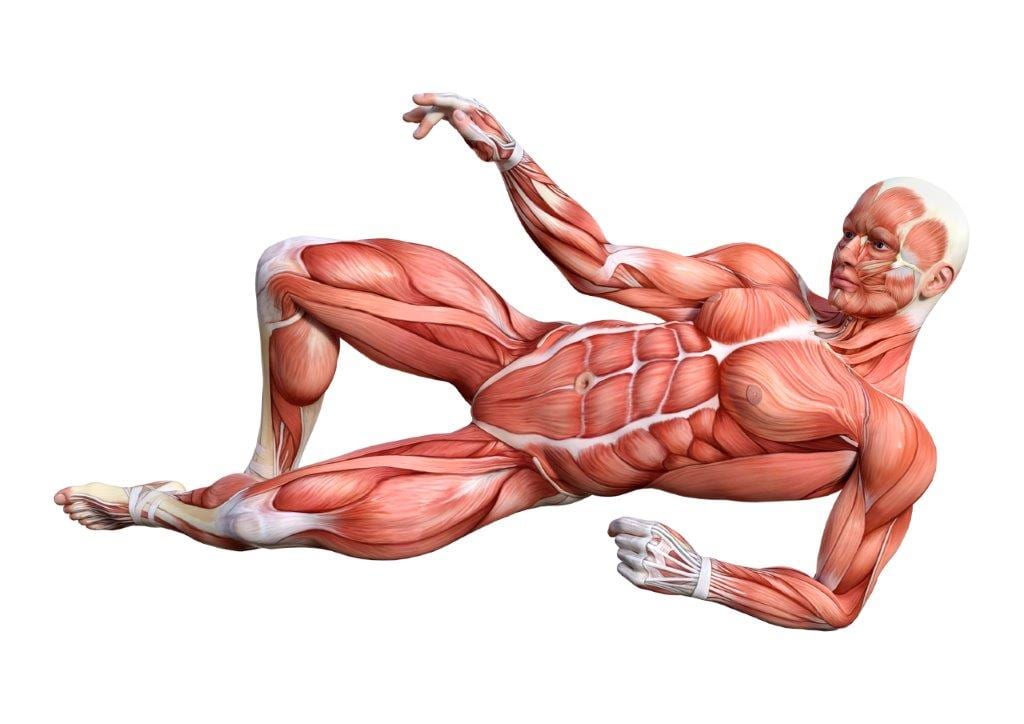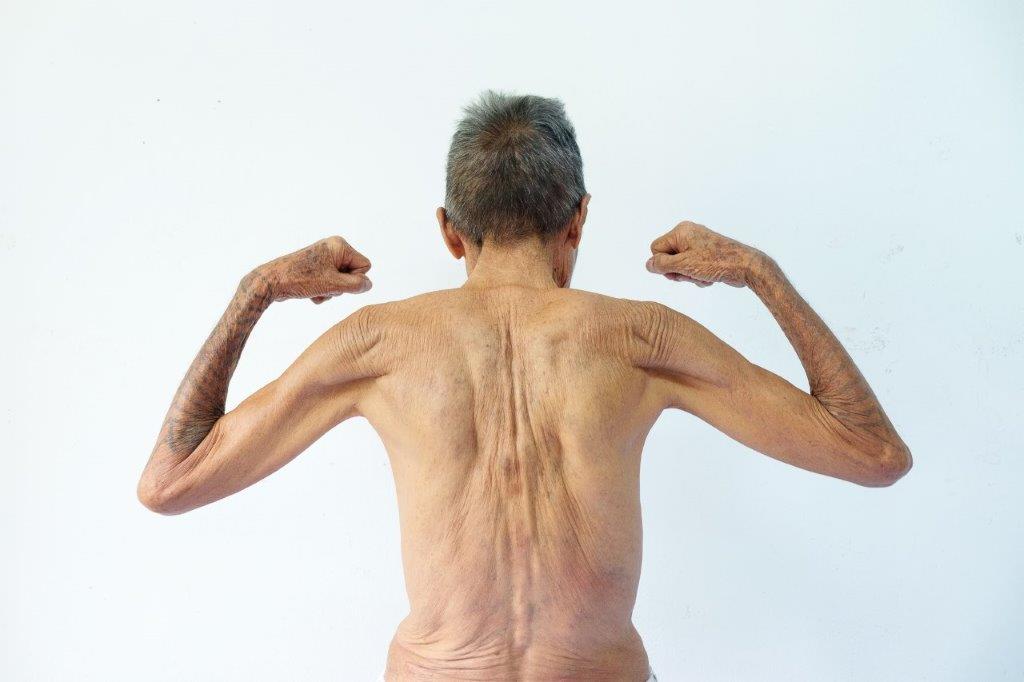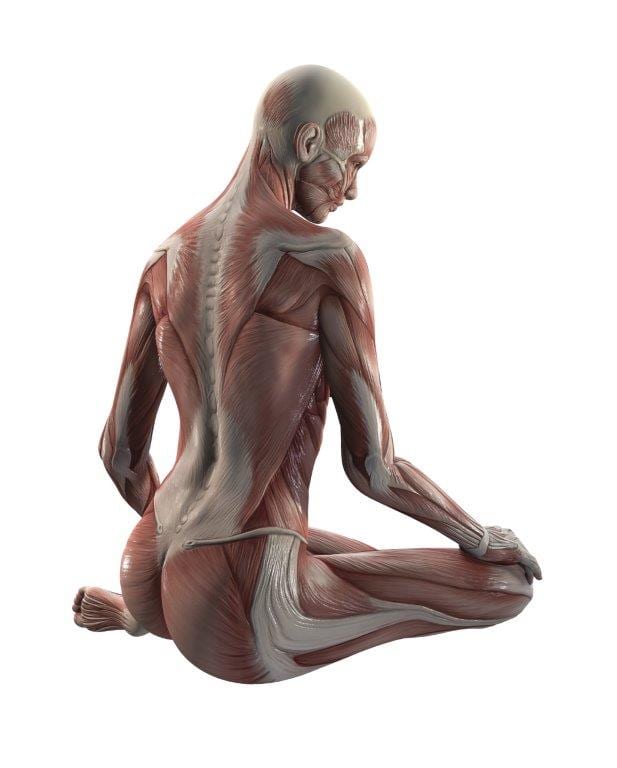NON-PATIENTS
In many ways, this website reads like a book, hopefully, one that captivates your attention. The content such as images, text, and all other materials are provided for reference and educational purposes only. The numbers and statements you will see are taken from scientific, evidence-based conclusions published in the medical/surgical/nutritional literature, as well as from personal experience in my surgical practice.
It should be noted, the RDA is an average based on healthy people. In many cases, protein requirements become much larger, because the body needs the extra protein to meet challenging demands, such as athletic competition or an illness requiring surgery, chemotherapy, radiation or dialysis as examples. There are many factors determining nutritional needs formulated on an individual, case-by-case basis. It is best to discuss and listen to the advice of professionals who are involved in your personal care, such as your own physician and/or registered dietitians, as examples. Also, should you have an interest in a particular topic, I urge you to perform additional research through reliable sources that may deepen your level of understanding and knowledge.
NON-PATIENTS: Soy protein may play a useful role in Weight Management, Childhood Nutrition, Healthy Aging, Sports Nutrition/Athletes, Flexitarians, Sarcopenia/Myopenia and anyone simply looking for healthier food choices, especially when it comes to snacking.
ATHLETES
A special word concerning athletes is warranted. My oldest son played professional baseball. Needless to say, the lifestyle, especially concerning the travel schedule, can be very challenging. Long, seemingly endless bus rides are just part of it. To me, they represent the poster children for “gas station nutrition.” He and his teammates often commented on the lack of healthy food choices. Many ate dry cereal out of the box, as but one example. Even under these circumstances (like all athletes), they are expected to perform at their very best levels on a daily basis. Like any traveling team, one of their main problems in helping them achieve this goal was in regards to finding great tasting, convenient protein, which must be consumed regularly to remain competitive.
Also of major importance, sodium is a vital mineral for the human body, especially in athletes. It plays a key role in nerve and muscle function, as well as helping to maintain fluid balance. It is lost in the sweat at a much greater quantity than other electrolytes such as potassium and magnesium. As sweat/sodium losses are very individual and dependent on many different conditions, it is difficult to suggest general guidelines. But, you have to start somewhere, as attempts have been made to perhaps add clarity to the issue. From my readings, I personally utilize the following formulations as a basis for sodium loss and replacement: One pound of sweat contains roughly 500 mg of sodium. This is why it is a good idea to weigh before and after exercise/competition (consider intake during the activity, if applicable). This way, you have a general idea of how much sweat you have lost and how many milligrams of sodium will be required to replace the loss. The other, an athlete may reasonably expect to lose roughly 1,000 mg of sodium for every hour of exercise. Again, sodium loss depends on many variables such as; your individual body, the sport itself, and other conditions such as the weather where the activity is taking place as primary examples.
Personally speaking, I lose three to five pounds of sweat after one hour of extremely vigorous exercise (no intake consumed during that hour). Using the aforementioned formula, that’s a loss of 1,500-2,500 mg of sodium. A one-ounce bag of my PIZZA-flavored snack contains 480 mg of sodium. To replenish this loss, I put my own product to work. Now, you can too.

It is vital to replace sodium loss. For one, athletes who lose too much sodium in sweat without proper replacement are at risk for muscle cramps. Even worse and much more serious, a condition termed HYPONATREMIA occurs when sodium levels are too low. This may result in sweat loss and/or excessive drinking of plain water only which dilutes sodium to dangerously low levels in the blood. In addition to cramps, other signs and symptoms of hyponatremia may include; fatigue, drowsiness, irritability, restlessness, nausea, vomiting, and headache. In fact, hyponatremia has led to confusion, seizures, coma, and even death. The kidneys regulate sodium balance. If you over-consume, then your body will get rid of the excess sodium it doesn’t need through the urine unless you have salt-sensitive high blood pressure. This is a completely different trait, and it is usually not considered to be a major issue in young, healthy athletes. You hear it all the time and for a good reason: It is very important for all of us to know our own bodies. This is particularly true for athletes. Awareness of the dangers surrounding hyponatremia and realizing the importance of replacing sodium loss are absolute musts for athletes.
Along those lines of thinking, the education of athletes and their families is an integral part of my life. For years, I have written monthly articles for the Kentucky Youth Soccer Association (member US Youth Soccer and United States Soccer Federation, USSF). These articles cover health and nutrition-related topics to help athletes become their very best. Also, they may serve to help people live healthier lifestyles far beyond the years of athletic competition. I emphasize in the articles that it is much easier to prevent injury and illness than it is to treat.
To access the articles, I invite you and your family to please visit: https://www.kysoccer.net/parents/nutrition/
All people who take part in athletic activity should be evaluated by a physician to ensure their safe participation.
Dr. Steve’s Nutri Snax may help conveniently satisfy the vital need for protein and sodium for any team in any sport, especially when you’re away from home.
SARCOPENIA/MYOPENIA
The clinical definitions of these terms, Sarcopenia and Myopenia are undergoing modifications. For now, the trend seems to be shifting towards two distinct paths as they relate to Sarcopenia and Myopenia. The definitions you see on this website are what I consider to be the most accurate to date.
Sarcopenia is age-related muscle loss. It focuses on muscle mass (quantity) and strength. As we get older, some muscle loss is inevitable. Beginning around 30 years of age, we start losing muscle mass, where losses can be as high as a reported 3%-5% each decade after 30. To put this in perspective, Sarcopenia directly applies to Millennials, Baby Boomers and Beyond. This is significant because muscle loss can rob you of a healthy, independent lifestyle.

To manage Sarcopenia, the latest research recommends resistance training and consuming increased amounts of protein, 1.0-1.2 grams of protein/kg of body weight/day. Remember our 160-pound person? In that case, the RDA was 64 grams of protein. Now, the protein need has increased to a range from 80-96 grams of protein per day to satisfy this new demand.

Myopenia is described as clinically-relevant muscle wasting due to any illness at any age that is associated with impaired functional capacity and/or with an increased risk of morbidity or mortality.
Myopenia may be associated with obesity, prediabetes/diabetes, rheumatoid arthritis, inflammatory bowel disease, falls/fractures, heart, lung, kidney disease, HIV/AIDS, and cancer. The degree of Myopenia may be disease-specific, and protein requirements should be determined accordingly by your caregiving team.
Concerning meeting the body’s overall protein demands, increasing protein synthesis and building muscle mass, recent scientific research reported consuming a blend of whey, casein and soy protein was more effective compared to just relying on one type of protein. Mixing proteins maximizes protein synthesis because each type of protein is digested and metabolized differently, thus getting the best each individual protein has to offer. Consuming this blend allows your body to build more muscle for a longer period of time. Myopenia is the most obvious, and oftentimes glaring example regarding demonstrating the body’s increased need for the muscle-building power of protein.

To recap: Please always remember; as we age and/or become sick, our body can lose vital muscle mass. We now also recognize the superiority of the aforementioned protein blend as it relates to building muscle. Dr. Steve’s Nutri Snax supplies the often difficult-to-find critical soy component. To help build muscle, try making soy protein a part of your everyday diet.
WE MAKE SOY EASY!
Disclaimer: No content on this site should ever be used as a substitute for direct medical advice from your doctor or other qualified clinicians.




